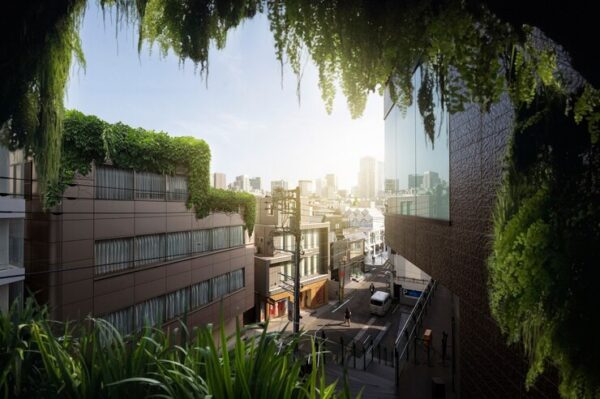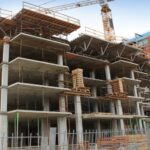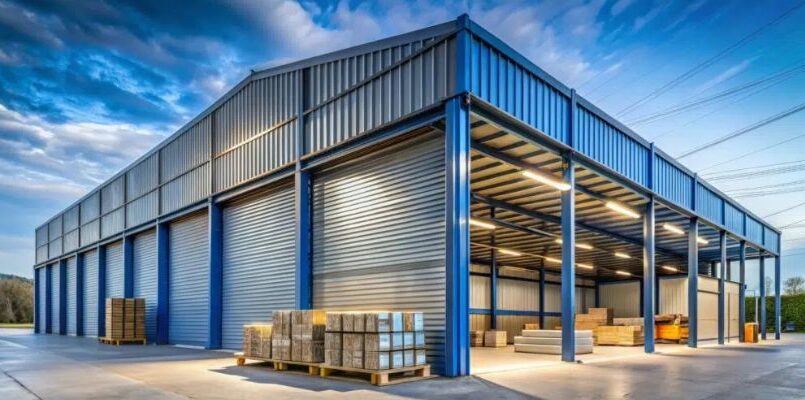Environmentally Friendly Building Solutions: Paving the Way for Sustainable Construction
In recent years, the construction industry has seen a significant shift toward environmentally friendly building practices. As concerns about climate change and resource depletion intensify, the demand for sustainable solutions in construction has never been greater. Adopting eco-friendly building methods not only reduces environmental impact but also offers long-term benefits for building owners, occupants, and the planet. Here’s a look at some of the most effective environmentally friendly building solutions currently transforming the industry.
- Green Building Materials
The foundation of any sustainable building project starts with the choice of materials. Green building materials are those that are resource-efficient, have minimal environmental impact, and are often recyclable or biodegradable. Key examples include:
- Recycled Materials: Using materials such as recycled steel, glass, or reclaimed wood reduces the need for virgin resources and minimizes waste.
- Sustainable Sourcing: Opting for materials sourced from sustainable forests or those with low environmental impact, like bamboo, supports responsible forestry practices.
- Low-VOC Products: Volatile Organic Compounds (VOCs) are harmful chemicals found in many conventional building products. Low-VOC or VOC-free paints, adhesives, and finishes contribute to better indoor air quality.
- Energy-Efficient Design
Energy efficiency is crucial in reducing the overall environmental footprint of a building. Incorporating energy-efficient design principles and technologies helps minimize energy consumption and lower operational costs:
- Insulation: High-quality insulation in walls, roofs, and floors helps maintain a comfortable indoor climate and reduces heating and cooling needs.
- Energy-Efficient Windows: Installing double or triple-glazed windows with low-emissivity coatings improves thermal performance and reduces heat loss.
- LED Lighting: Replacing traditional lighting with LED fixtures decreases energy use and extends the lifespan of lighting systems.
- Renewable Energy Sources
Integrating renewable energy sources into building designs can significantly reduce reliance on fossil fuels and lower greenhouse gas emissions:
- Solar Panels: Photovoltaic (PV) panels harness sunlight to generate electricity, offering a clean and renewable power source for buildings.
- Wind Turbines: Small-scale wind turbines can provide additional energy for buildings located in windy areas.
- Geothermal Systems: Geothermal heating and cooling systems use the Earth’s natural temperature to regulate indoor climates efficiently.
- Water Conservation
Water conservation measures are essential for reducing water usage and managing resources sustainably:
- Low-Flow Fixtures: Installing low-flow toilets, faucets, and showerheads helps minimize water consumption without sacrificing performance.
- Rainwater Harvesting: Collecting and using rainwater for irrigation or non-potable purposes reduces the demand on municipal water supplies.
- Water-Efficient Landscaping: Designing landscapes with drought-resistant plants and efficient irrigation systems conserves water and reduces maintenance needs.
- Sustainable Construction Practices
Adopting sustainable construction practices helps minimize the environmental impact of building projects from start to finish:
- Waste Management: Implementing recycling and waste reduction strategies during construction reduces the amount of debris sent to landfills.
- Modular Construction: Using prefabricated or modular components can decrease construction time and waste, as well as improve quality control.
- Green Certifications: Pursuing certifications such as LEED (Leadership in Energy and Environmental Design) or BREEAM (Building Research Establishment Environmental Assessment Method) provides a framework for achieving and recognizing sustainability goals.
Conclusion
Environmentally friendly building solutions are revolutionizing the construction industry, offering numerous benefits for both the environment and building occupants. By prioritizing green materials, energy efficiency, renewable energy, water conservation, and sustainable practices, builders can contribute to a more sustainable future.
At Etlad is a building contracting company in Dubai, we are committed to advancing these sustainable practices in our projects. Our expertise in incorporating cutting-edge green technologies and eco-friendly materials ensures that every building we work on not only meets but exceeds environmental standards. Whether you’re starting a new construction project or undertaking a renovation, Etlad’s innovative solutions and dedication to sustainability will help you achieve your goals while making a positive impact on our planet.






